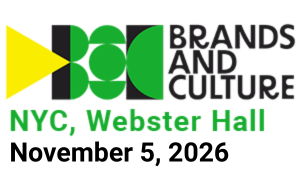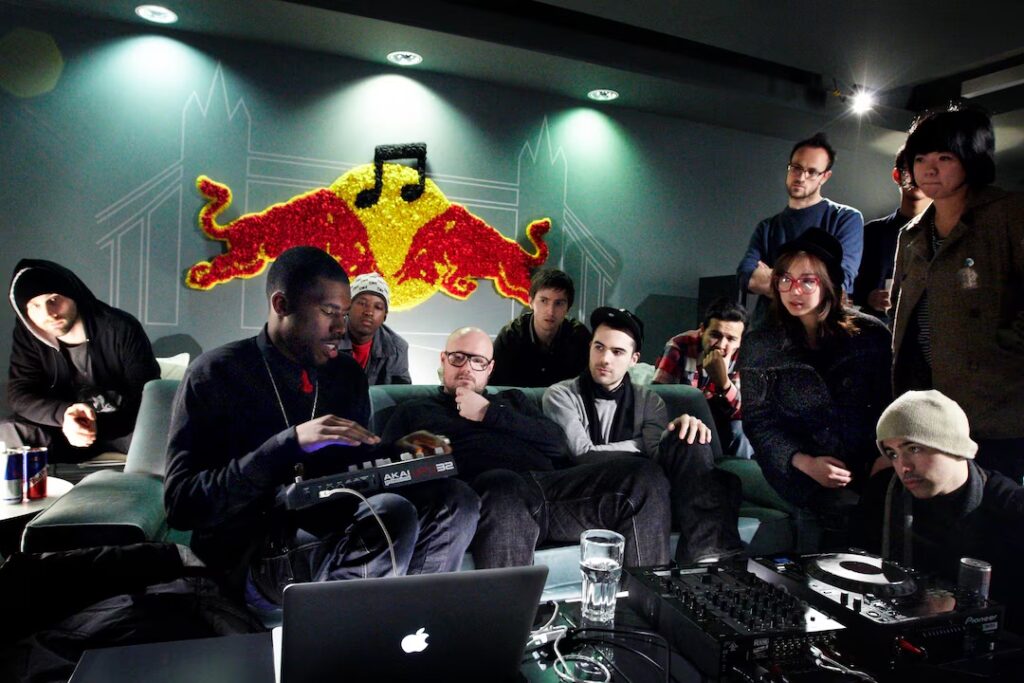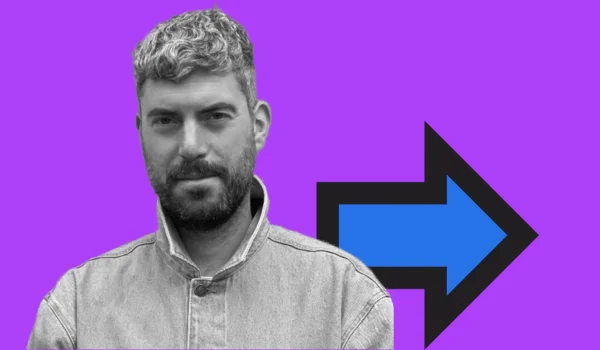How Can Brands Overcome it? Thought-starters from Ollie Oshodi
Cultural consultant, Ollie Oshodi, shares insights for marketers on moving culture forward and avoiding getting stuck on repeat.
After a brat summer where Charli XCX successfully repackaged indie sleaze for a new generation, Elijah called out UK radio stations for overlooking Black British music in favour of American hip hop and R&B from the early 2000s and the return of Oasis broke Ticketmaster, we’re seeing increasing discussions about cultural stagnation.
Entrepreneur, Sharmadean Reid, put it like this, ‘Culture has become so flattened that when I see or experience something genuinely weird or new, or like someone’s brain vomited out in their art, I am delighted.’
This cultural stagnation, where trends feel like remixes of the past, may only deepen with the increasing use of AI generated content. With algorithms pushing what’s familiar and viral and new ideas struggling to break through, how can brands carve out a space in culture that feels both distinctive and future-facing?
Relying on trends or meme culture to stay relevant may provide short-term brand gains, but it won’t build long-term and authentic connections. These moments tend to be short-lived, quickly become tired, over-used and lack long term impact. And if culture is constantly looking to the past for inspiration, what does that mean for your brand’s future when the same nostalgia trends are being widely co-opted? How do brands avoid their cultural connections feeling hollow and superficial?
It will be the brave brand who moves beyond the allure of the familiar and takes the risks that move culture forward. The most culturally resonant brands will be those that embrace the unknown, invest in long-term movements, and align themselves with genuine creative innovation. In a world where the genuinely new feels increasingly rare, bravery is no longer optional – it’s essential.
Invest in Cultural Innovators, Not Just Trends
True cultural relevance comes from supporting the communities and creatives who are shaping the future of culture. These innovators are pushing boundaries, but they’re often stifled by the economic realities of their industries. When ‘rent is the creative director,’ they are finding it more and more challenging to create.
Brands need to go beyond just riding the wave of trends and be willing to invest in nurturing grassroots movements, offering creatives the space and resources they need to experiment and innovate. The brands that step back from the quick fixes and instead put culture first, will be the ones remembered.
I sometimes feel like a wizened culture marketing auntie, harping back to the glory days when brands such as Red Bull, Converse and Vans set the standards with consistent, long-term and authentic support of communities alongside fresh and exciting cultural programming. Embedding themselves within culture through ongoing initiatives such as Red Bull Music Academy and building and nurturing physical spaces such as Converse Rubber Tracks, Red Bull Studios and House of Vans all provided real value to grassroots culture and nurtured talent. They showed how brands can play a role in stimulating cultural progress by supporting creativity and discovery. But, there are fewer equivalents today.
Think Long Term and Prioritise Consistency
Adidas is currently demonstrating how brands can embed themselves in culture for the long haul. Take their partnership with Stormzy. What began with the seeding of “some Stan Smiths courtesy of Adidas” over 10 years ago has evolved into the opening of #MERKYFC HQ, a multi-purpose football, music and gaming center for young people in Stormzy’s hometown of Croydon. Going into that relationship with a long term mindset has built trust on both sides and resulted in a long-term and meaningful commitment to culture and community.
Building consistent cultural programming and content formats, will also help brands foster deeper engagement with their audiences and establish themselves as pillars within creative communities. Whether it’s creating platforms, regular events, offering residencies, or funding creative studios, brands need to think beyond one-off activations and commit to an ongoing programme.
Foster an Innovation Mindset
Being brave in this climate means embracing risk, something that can be hard to sell to a C-suite focused on short-term ROI. It’s hard to make an argument for the unknown when jumping on viral trends delivers quick wins. However, true cultural leadership comes from stepping outside the algorithmic safety net and funding the experimental projects and collaborating with the underground creatives who are shaping the future. Rather than focusing on tactical innovations that provide short-term relevance, brands should prioritise the long term and strategic cultural innovations that push boundaries, even if the immediate results aren’t guaranteed.
Jägermeister is innovating by investing in projects that shape the future of nightlife. Their global Save the Night fund supports new initiatives that drive positive change in nightlife, while their BNVC unit backs start ups that are challenging traditional live entertainment and bridging the gap between culture and tech. This is about more than just brand recognition—it’s about investing in the future of an entire cultural space. With #MERKYFC HQ, Adidas have pushed cultural innovation. Not by following trends but by co-creating a cultural hub that will provide real and lasting value to a community.
Brands should allocate a portion of their budgets to cultural experimentation. These initiatives may not deliver instant and quantifiable returns but have the potential to shape culture for the future. Like Google’s celebrated “20% time,” which allowed employees to dedicate time to passion projects and led to innovations such as Gmail, brands could adopt a similar approach by allocating 10% of their marketing spend toward cultural risks. Risks that could push boundaries, drive cultural progress and lead to longer-term cultural returns.
Meaningfully Collaborate with Culture Leaders
Bring the creative communities that are pushing culture forward into your planning and ideation processes. Work with them, pay them, and support them so they can continue to do what they do best, while adding fresh thinking to your brand. Work with underground collectives, cultural leaders, and emerging artists to not only co-create but to build new cultural spaces, movements, and ideas. Collaborations that need to be based on trust, respect, and fair compensation.
Broaden your Cultural Diet
As brand marketers, we need to break out of their own cultural echo chambers. We often consume the same media, follow the same influencers, and see the same ideas recycled across platforms. To push culture forward, we need to broaden our own cultural experiences.
Seek out new and diverse perspectives, whether through independent art, underground music scenes, or cultural experiences outside your comfort zone. The more expansive your cultural diet, the better equipped you’ll be to spot the emerging movements and innovators that can help push your brand into new cultural spaces.
Brave brands have a real potential to be a driving force behind cultural progress, but it will take patience, commitment and a willingness to invest in creativity and the unknown. In a world where culture feels stuck on repeat and consumers increasingly look for meaningful and authentic experiences, the brands who are open to moving beyond algorithms, take creative risks, and support the artists and communities shaping the future of culture will build stronger and more authentic relationships with their audiences, while becoming cultural leaders in the process.



